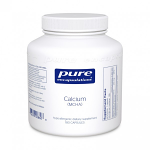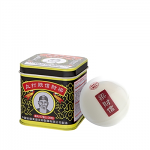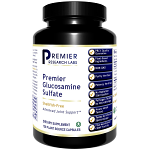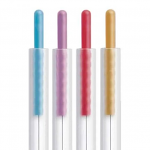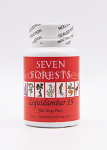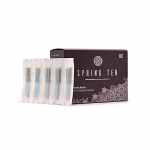Drynaria 12, 100 tablets
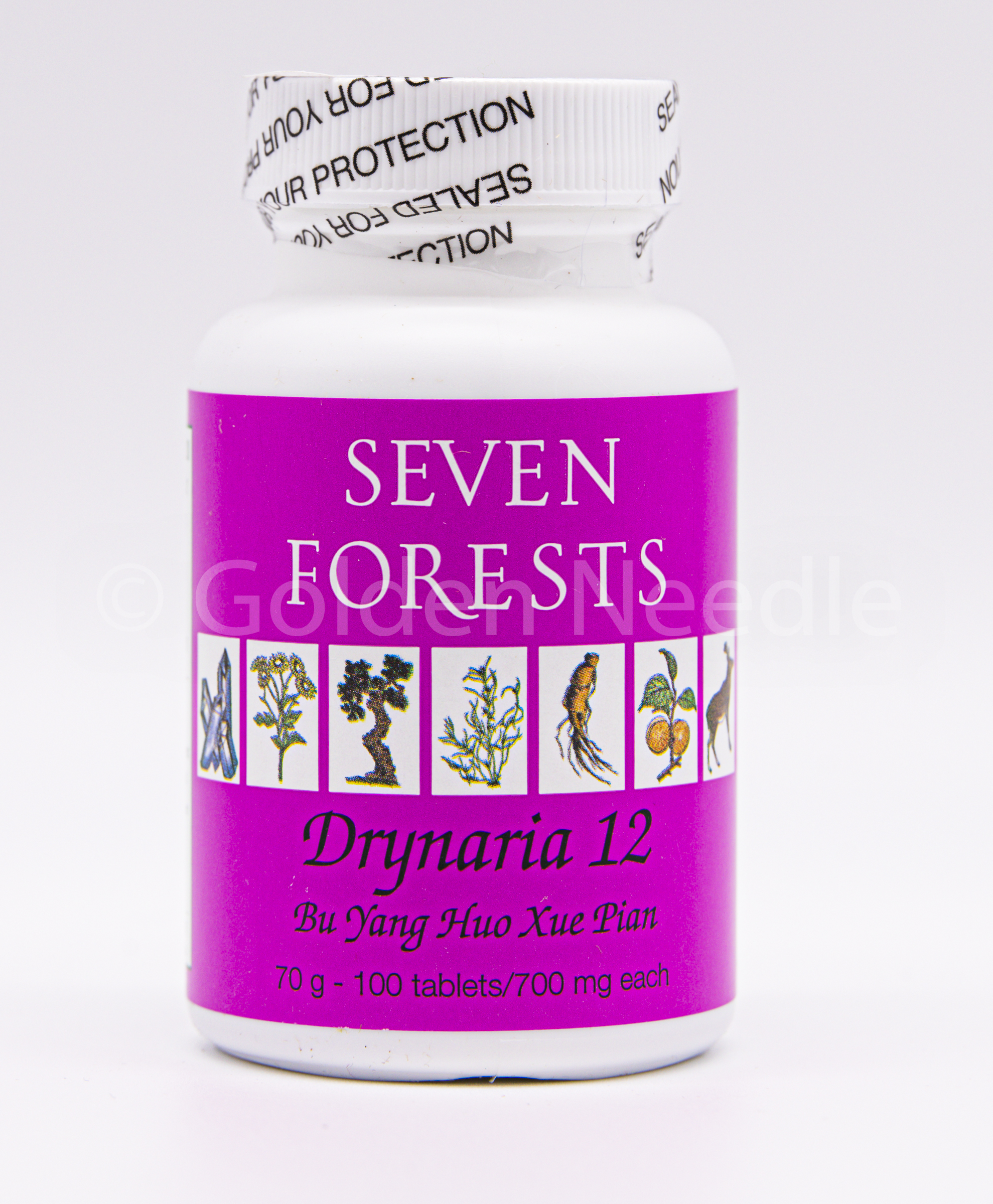
Drynaria 12, 100 tablets
| SKU | SF142-100 | |
| Brand | Seven Forests | |
| Unit Size | 100 tablets (crude herbs are powdered, combined with drynaria and millettia extracts, and formed) | |
| Chinese Symptomology | Back pain with chill sensation. Recovery from injury to lower back or limbs | |
| Western Symptomology | Osteoarthritis Sciatica Osteoporosis Femur head necrosis | |
| Actions | Tonify yang, Vitalize blood, Nourish blood, Strengthen tendons and cartilage | |
| Recommendations | Note: Seven Forest items are not eligible for any discounts and do not count toward free economy shipping minimum. |
|
| English name | Drynaria 12, 100 tablets | |
| Description | The Drynaria 12 formula was established after several practitioners asked about Chinese herbal therapies for the common problem of osteoarthritis. This disorder involves degradation of the soft tissue (cartilage) and fluids (synovial fluid) in the joint space, especially of the knees. To a certain extent, the disorder is a common aspect of aging, but it is typically triggered by repeated injuries earlier in life, and may be worsened by certain dietary deficiencies. Osteoarthritis is usually a progressive disorder, yielding pain and, ultimately, immobility. Other degenerative conditions that affect the joints, such as avascular necrosis of the femoral head (AVN-FH), are treated by Chinese doctors using similar methods. The search of the Chinese literature for insights into their treatment of this condition reveals something about the nature of Chinese herbal approaches. A common feature of Chinese medicinal herb reports is that for any given condition the treatment usually differs from one report to another. That is, at one hospital, the recommended herb formula(s) will differ from those administered at other hospitals, and it is often the case that only one major report on the therapy will be filed from each of these centers. This is in contrast to the situation with modern medicine where multiple studies are conducted with a certain drug, and that drug will be used in many places. Even though, as is most often the case, there are several drugs for treating a given disease, there will be many studies of each of the drugs. The difference seen in the medical literature is that the tradition of Chinese medicine has been based on individual physicians undertaking their own development of therapies and their own investigations into the clinical effects, whereas the modern medicine approach involves researchers undertaking studies to inform and influence the entire profession. When various Chinese herbal therapies for a given condition are reported to be effective, the question becomes: which would be most suitable to use? Sometimes one of the formulas fits better the situation of a patient than another, which helps in making a selection. Most often, the differences that exist between the herbal formulations derive from the physicians' understanding of the herb ingredients and their prior experiences as to which herbs seem to work best. One means of dealing with this difficult situation is to examine several of the formulations, select the ones that are based on a common conceptual approach, and determine which ingredients might be most generally useful for that purpose (thus removing some herbs that only a single Chinese doctor might prefer but which are not used by the others). This process has been followed in devising several of the Seven Forests formulas, and Drynaria 12 is a good example. One particular journal report stood out and served as a basis for examination of the others. Complex Chinese herb formulations, such as Drynaria 12, mainly address two therapeutic areas that are described in traditional medicine. One reflects the fact that the disorder usually appears with aging and involves degeneration of the joint, that is, a loss of the padding in the space between the bones. According to the ancient medical approach, two organ systems-the liver and kidney-are responsible for maintaining the joints, and especially those of the lower limbs. The deterioration of the joints, as seen in cases of osteoarthritis, is understood to be due to a decline in the essence and function of these organs and might be slowed, or even partly reversed, by using herbs that are said to tonify and nourish these two organs. The second therapeutic area concerns the effects of inflammation and reduced mobility, whereby the normal blood circulation in the joint is disrupted and weakened. As a result, the joint becomes painful and the ability of the body to restore it, by bringing nutrients, is impaired. The Chinese herb approach to osteoarthritis, based on this reasoning, is to nourish the kidney and liver and revitalize the circulation of blood. The three primary herbs of Drynaria 12, which make up about one-third of the entire formula, have these properties. Drynaria (Chinese name: gusuibu, meaning the herb that "tonifies damaged bones") supplements the kidney, vitalizes blood, and alleviates pain; dipsacus, an herb commonly used to treat broken bones, supplements the kidney and liver and vitalizes blood circulation; rehmannia, used in almost every formula for disorders of aging, nourishes the kidney and liver. The remainder of the formula supports these herbs.
|
||||||||||||||||||||||||||||||||||||||||||||||||||||||||||||||||||||||||||||||||||||||||||||||||
| Ingredients | Gu Sui Bu (drynaria (e)) 12% Xu Duan (dipsacus) 10% Di Huang (rehmannia) 10% Huang Qi (astragalus) 9% Ji Xue Tang (millettia (e)) 8% Dang Gui (tang-kuei) 8% Niu Xi (achyranthes) 8% Du Zhong (eucommia) 8% Lu Rong (deer antler) 8% Chuan Xiong (cnidium) 8% Song Jie (pine node) 6% Du Huo (tu-huo) 5% |
||||||||||||||||||||||||||||||||||||||||||||||||||||||||||||||||||||||||||||||||||||||||||||||||





